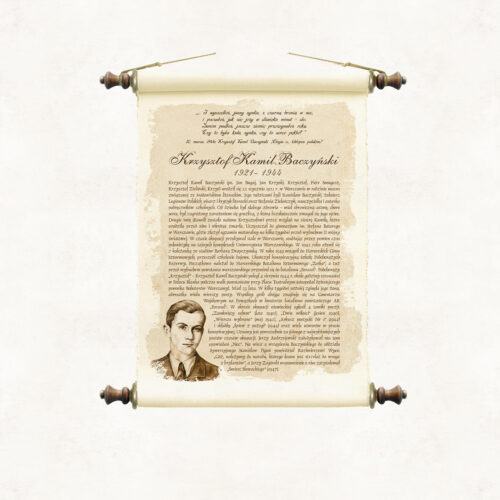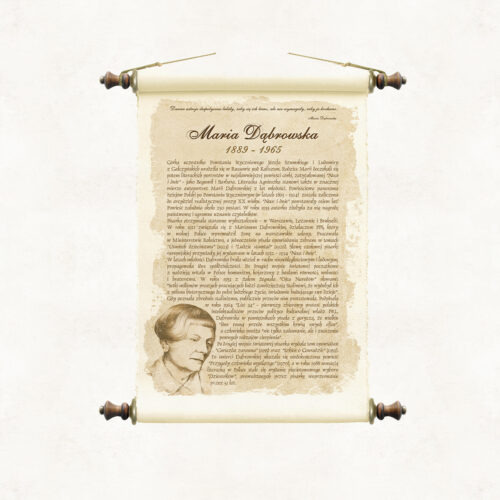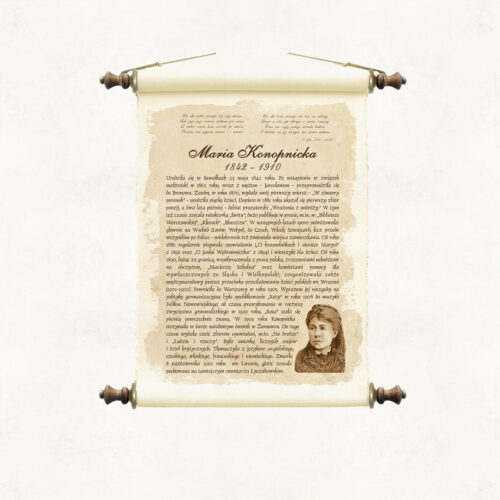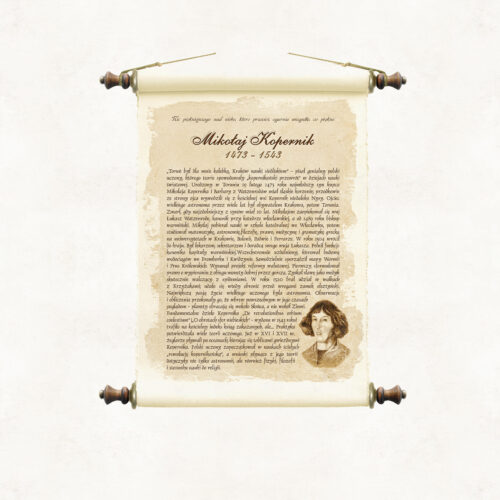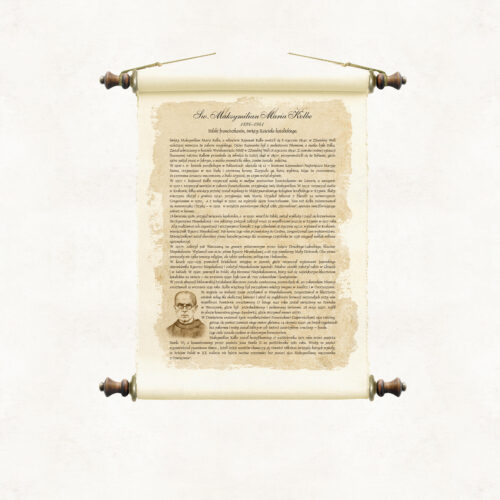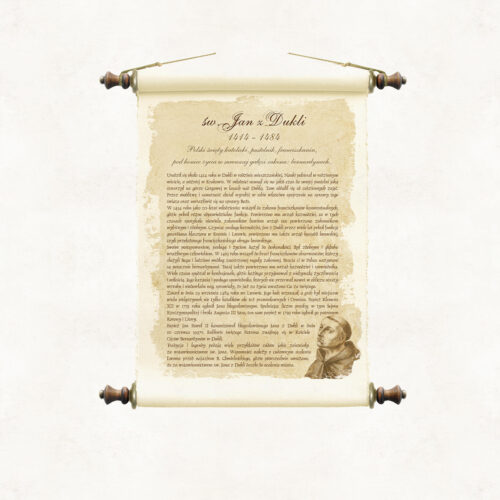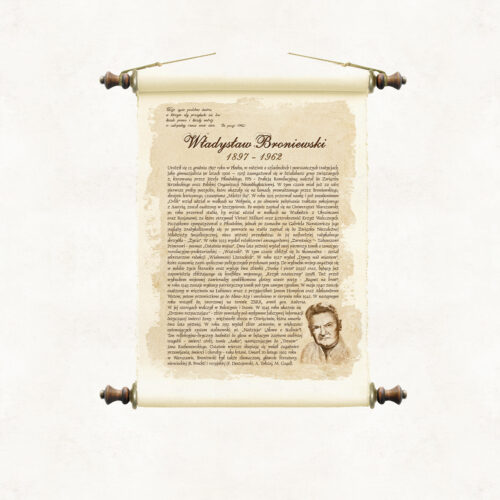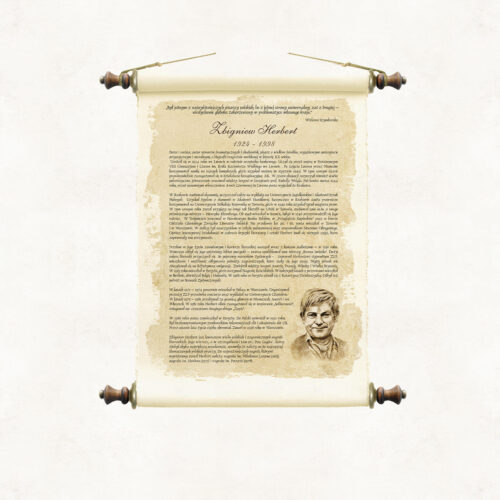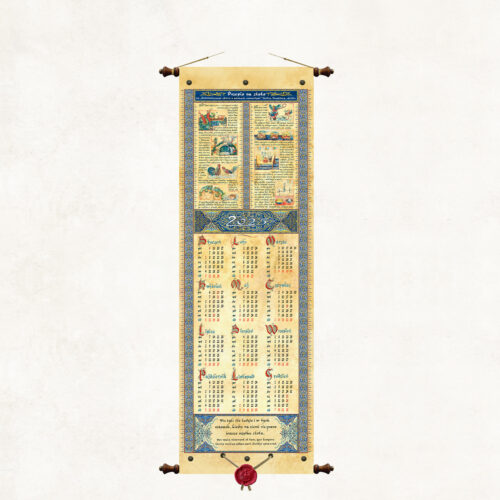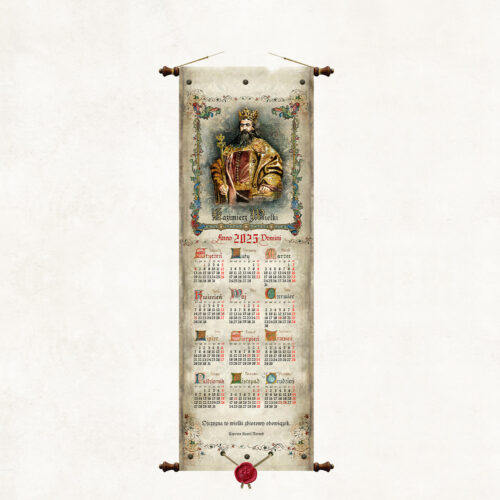-
The calendar contains an alchemical, medieval recipe for gold from the "Collection of recipes for various arts" - Schedule diversarum artium, Theophilus Presbyter (ca. 1070-1125). The schedule allows for a detailed familiarization and analysis of the techniques of artistic crafts in the Middle Ages. The work is divided into three volumes. The first volume contains information on techniques, production and use of materials for drawing and painting, the use of paint and ink, especially for book painting and wall painting. The second volume concerns stained glass and stained glass technique. The third volume is devoted to goldsmithing and it is there that the oh-so-"practical" recipe for gold is given.
-
CASIMIR THE GREAT (1310 – 1370) The last of the Piast dynasty, king of Poland from 1333. Due to his talented foreign policy and the small number of wars fought, he was called the "diplomatic king" and "he who found Poland wooden and left it brick", due to the construction of dozens of new cities and expansion or building several hundred new castles and fortresses. His reign actually consolidated the process of unification of Polish lands and led Poland out of political isolation in Europe, after nearly two centuries of division.


